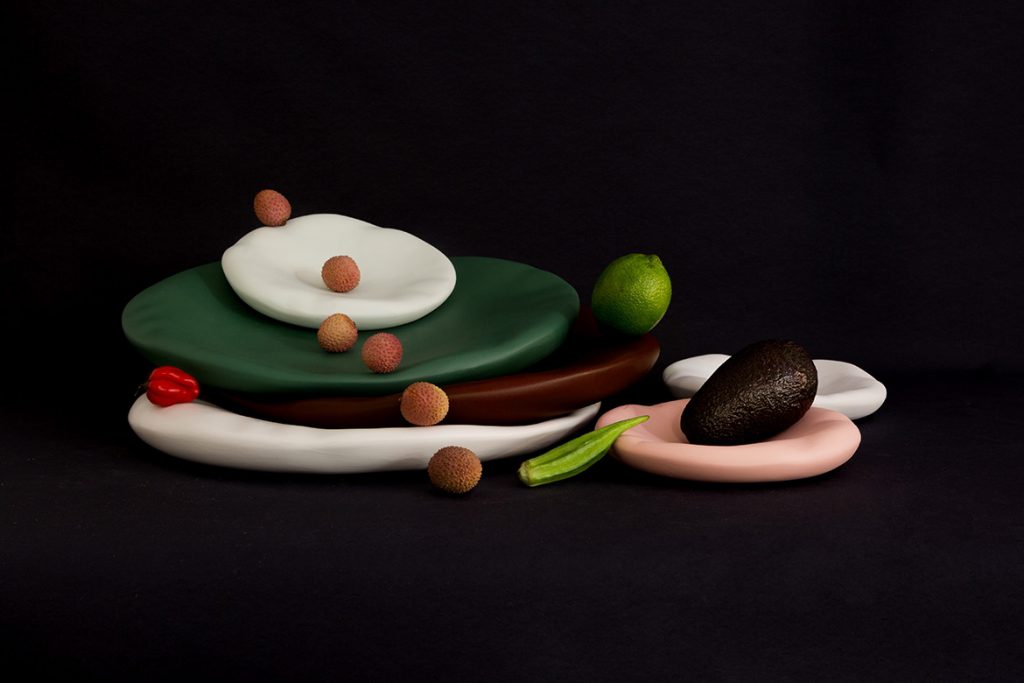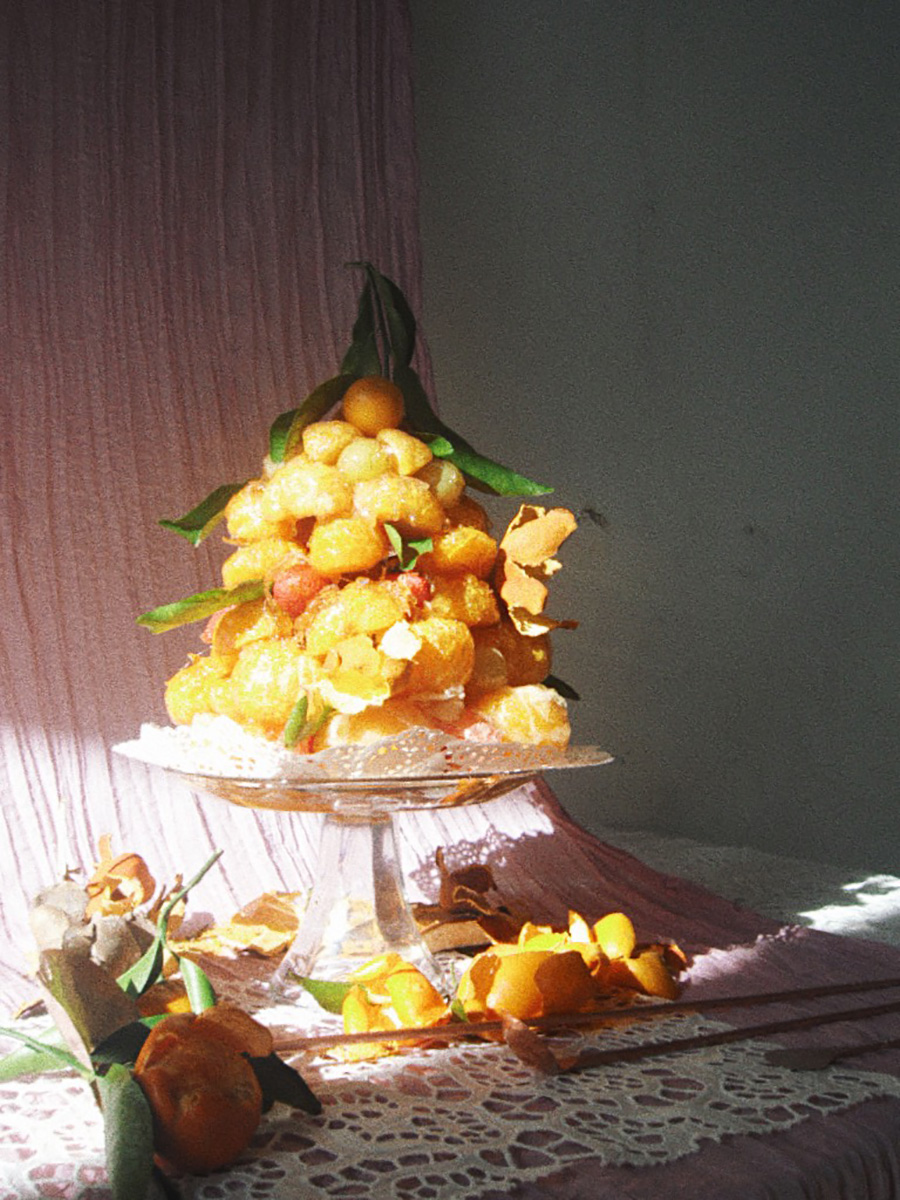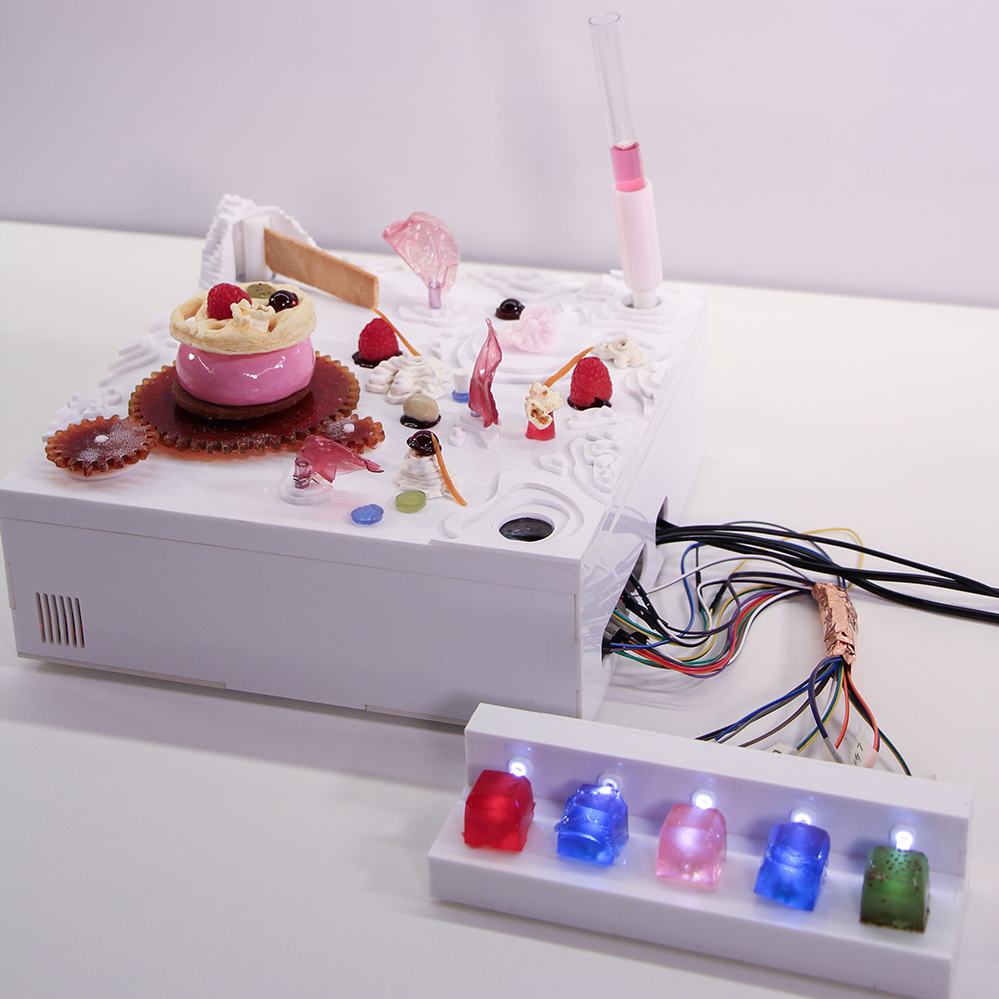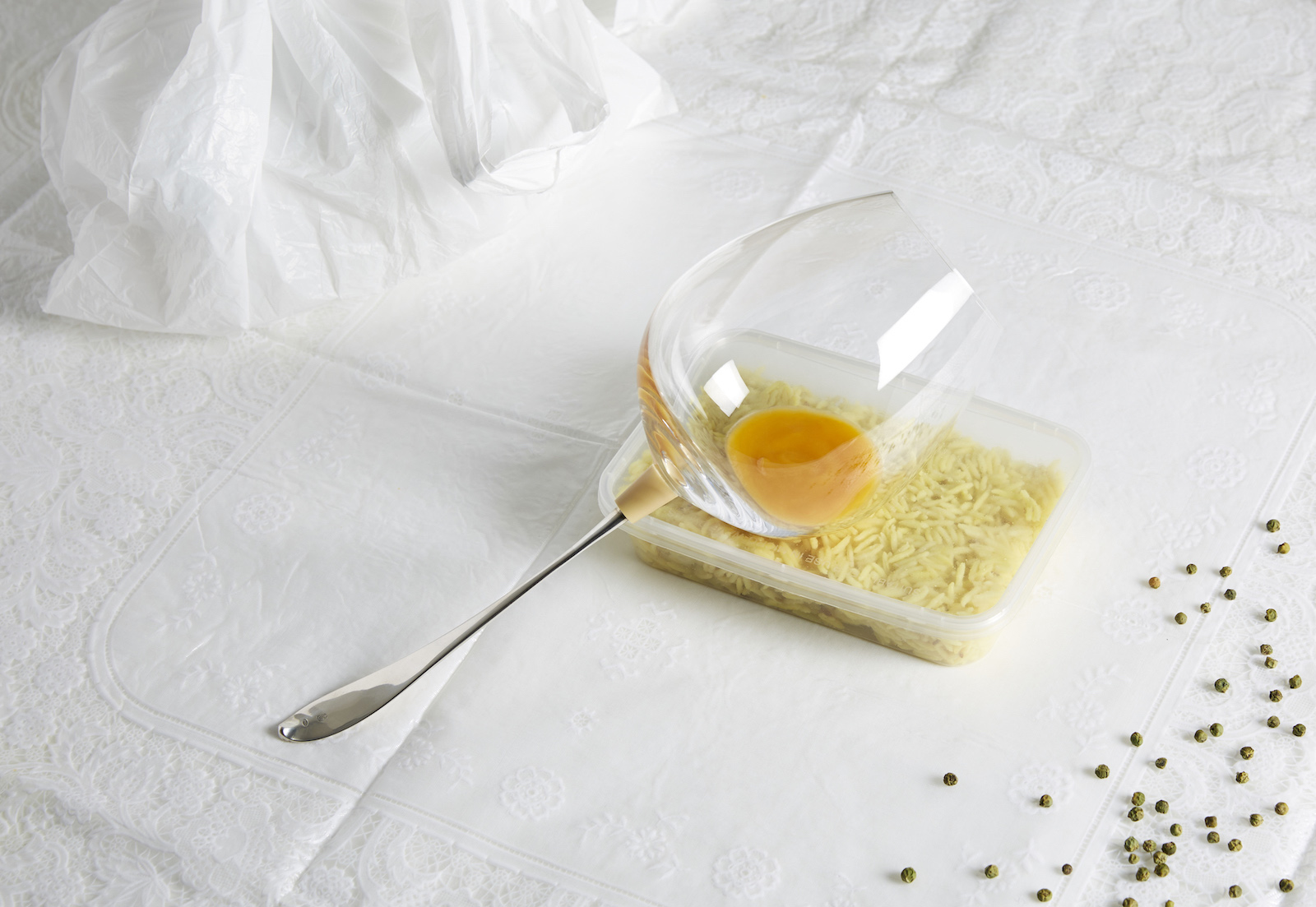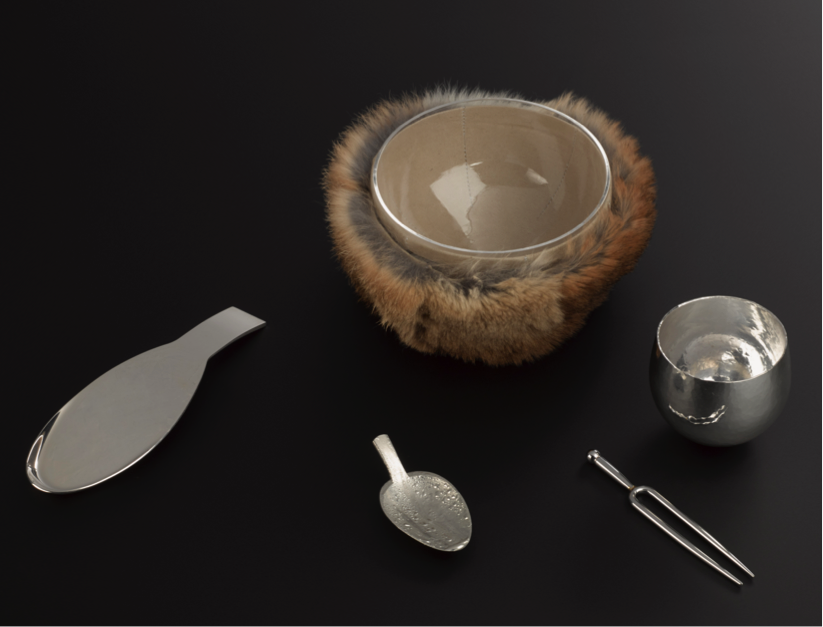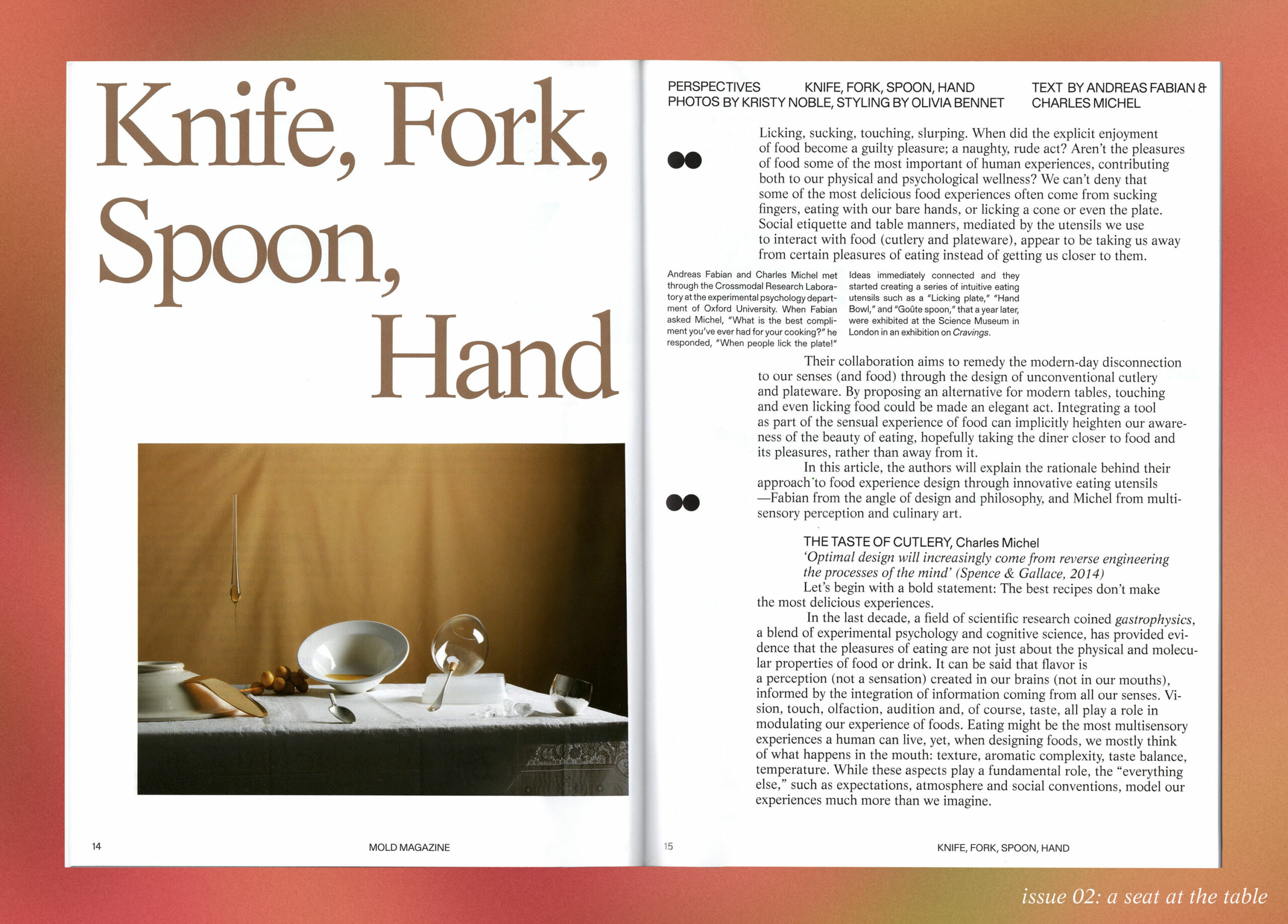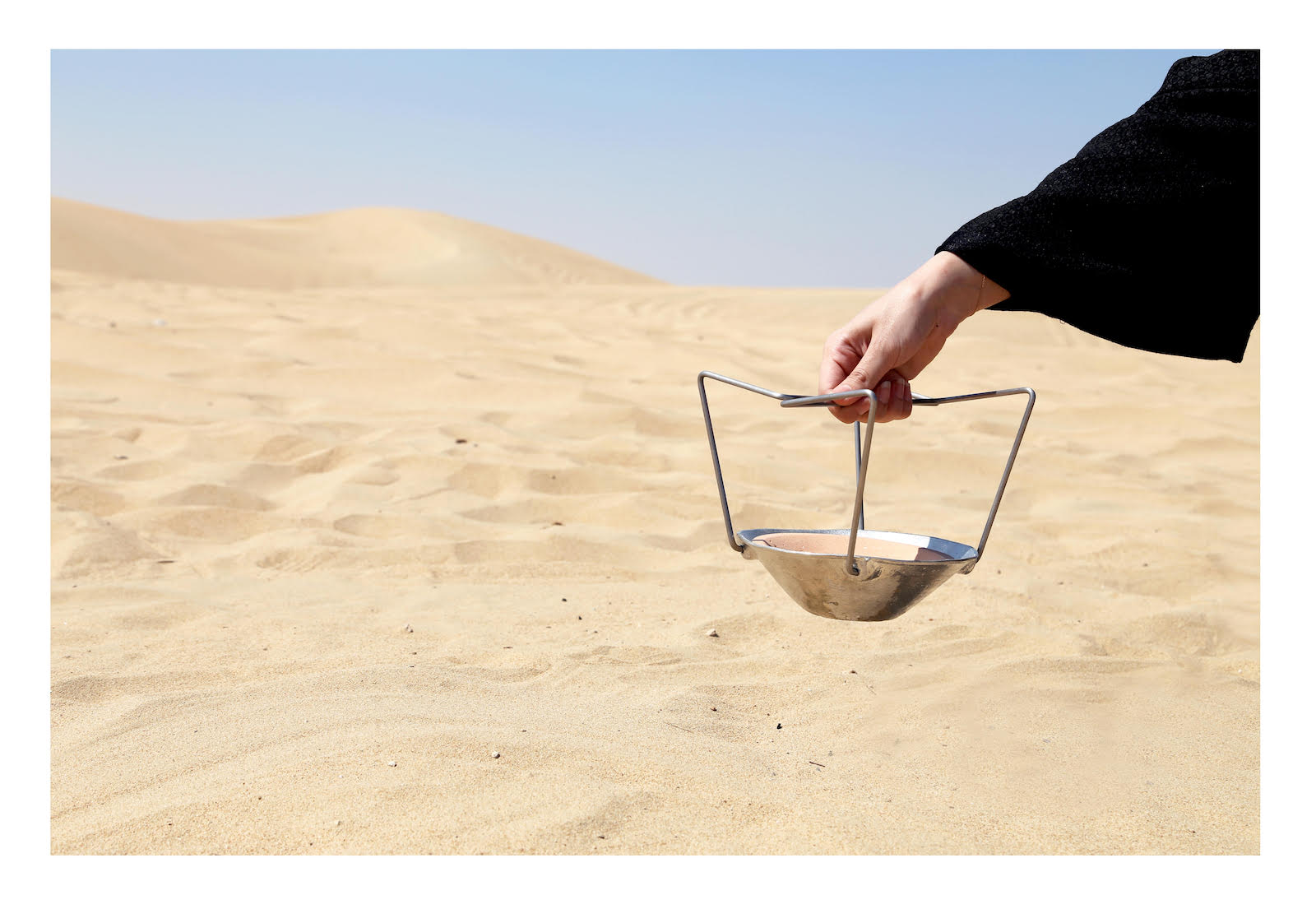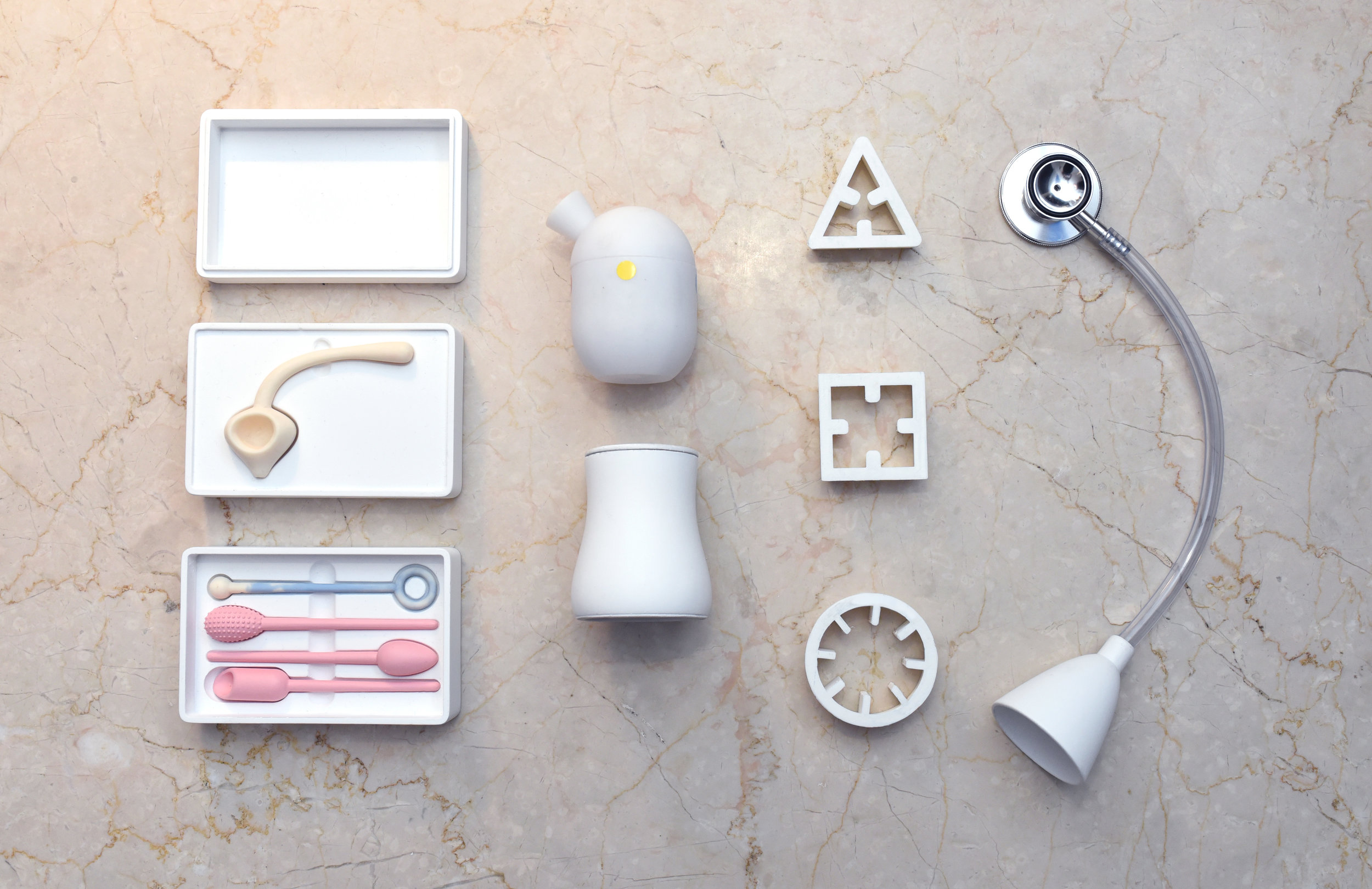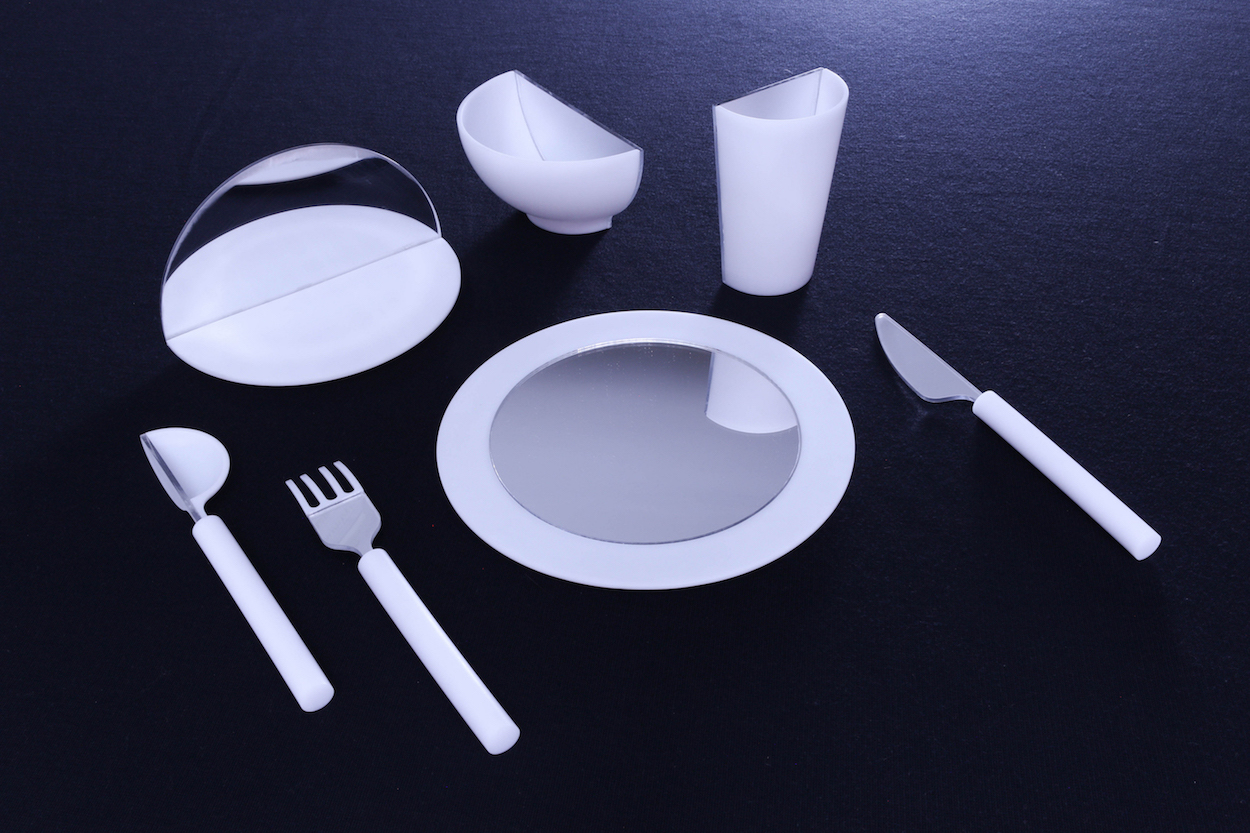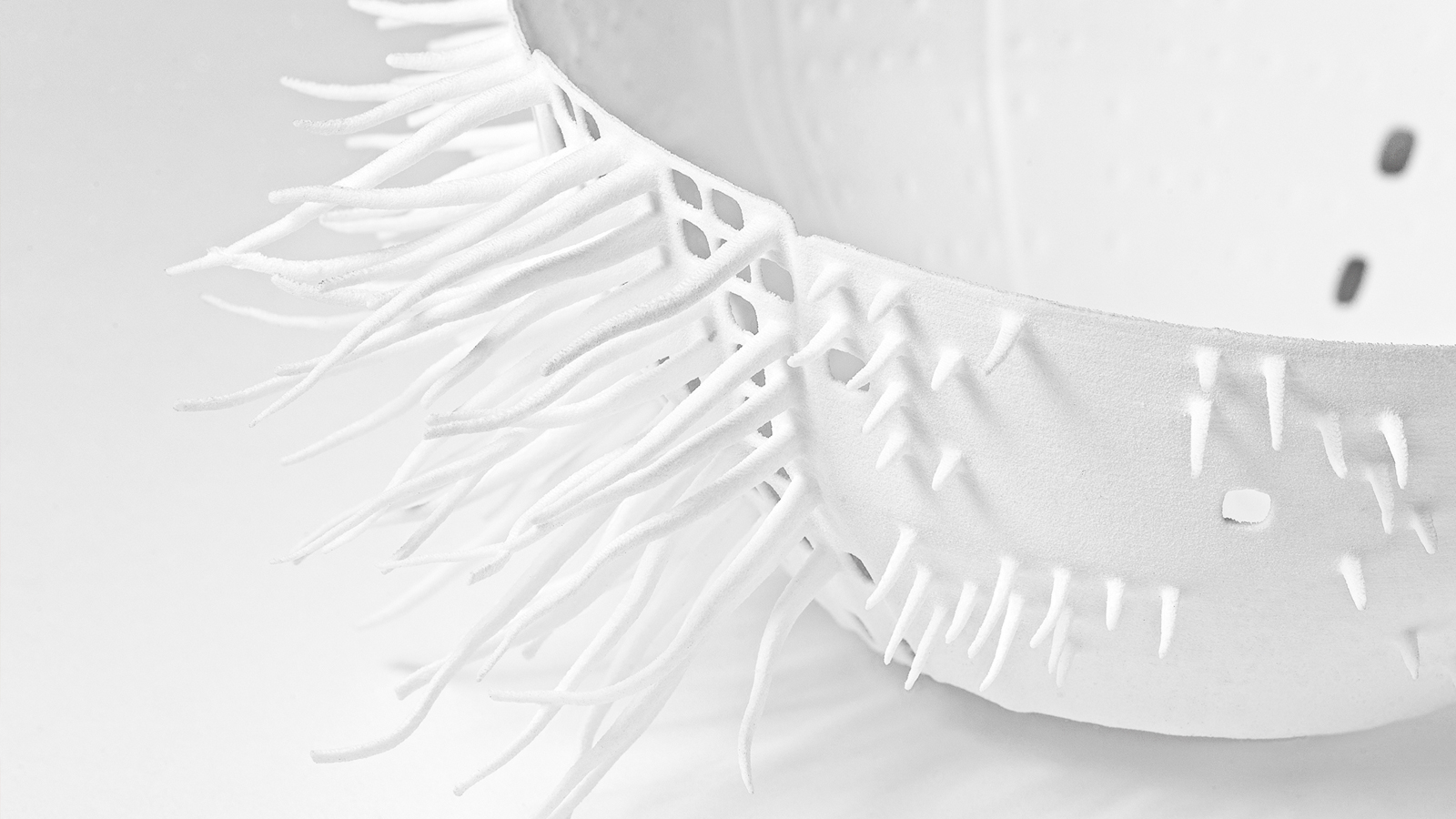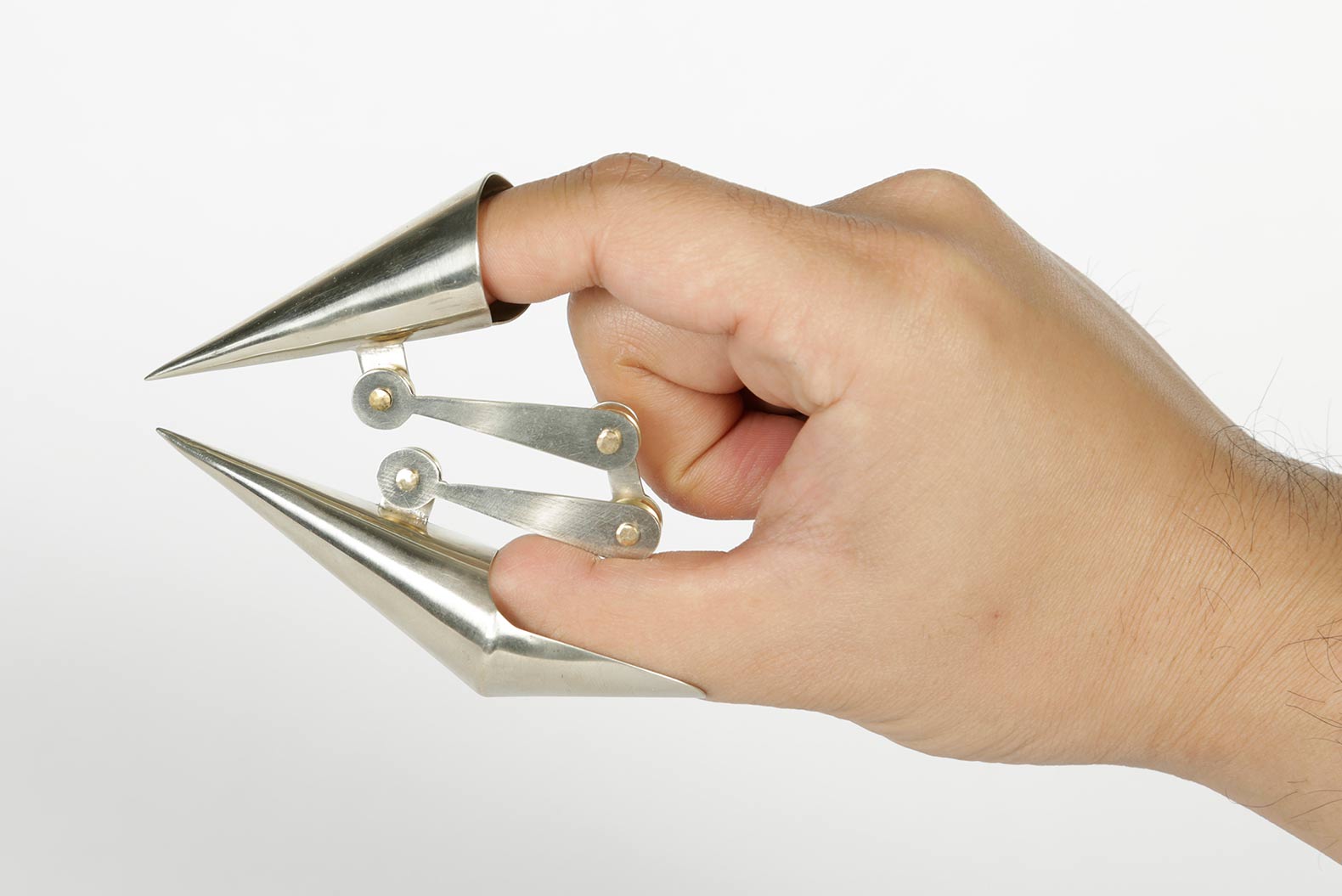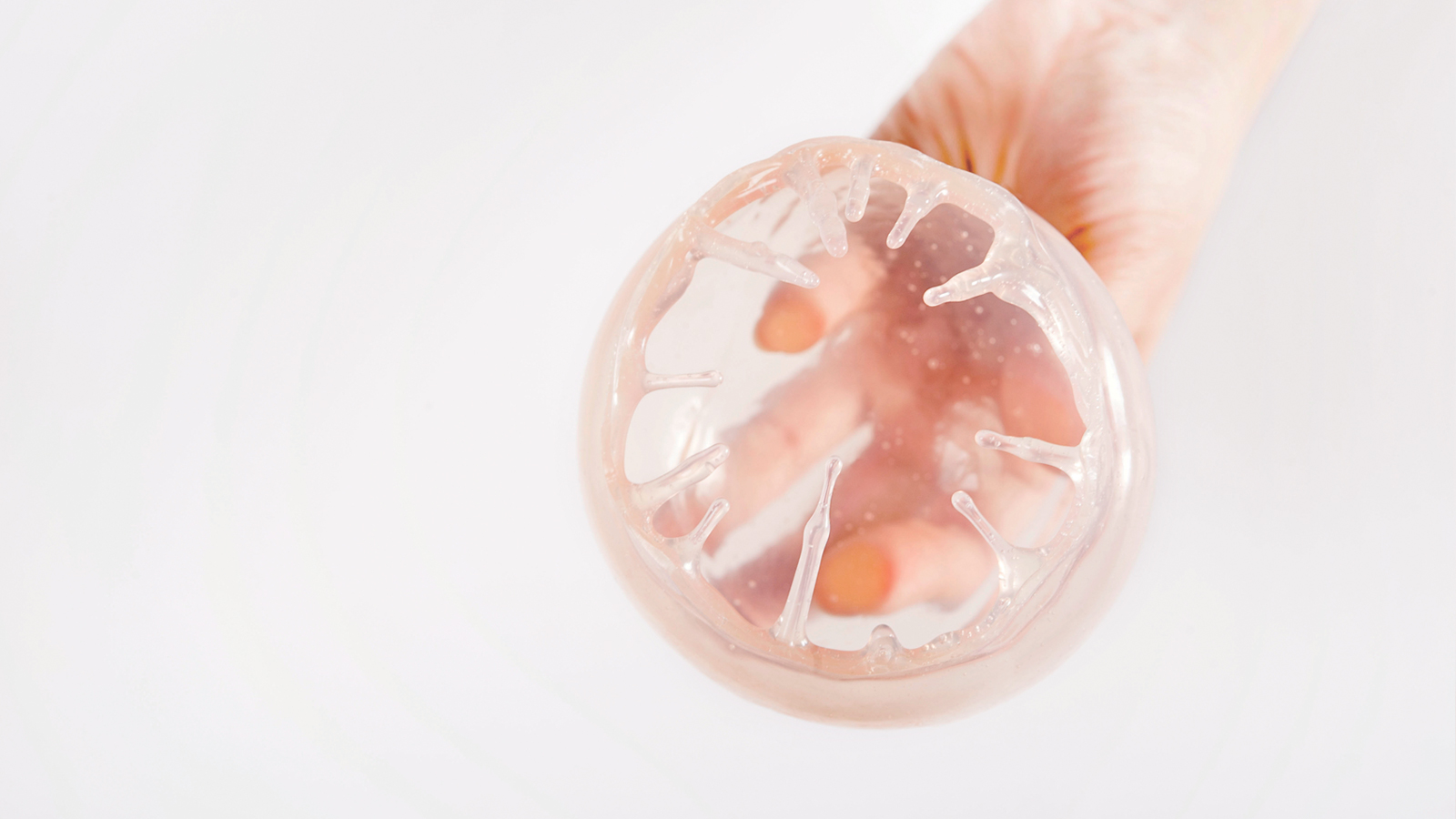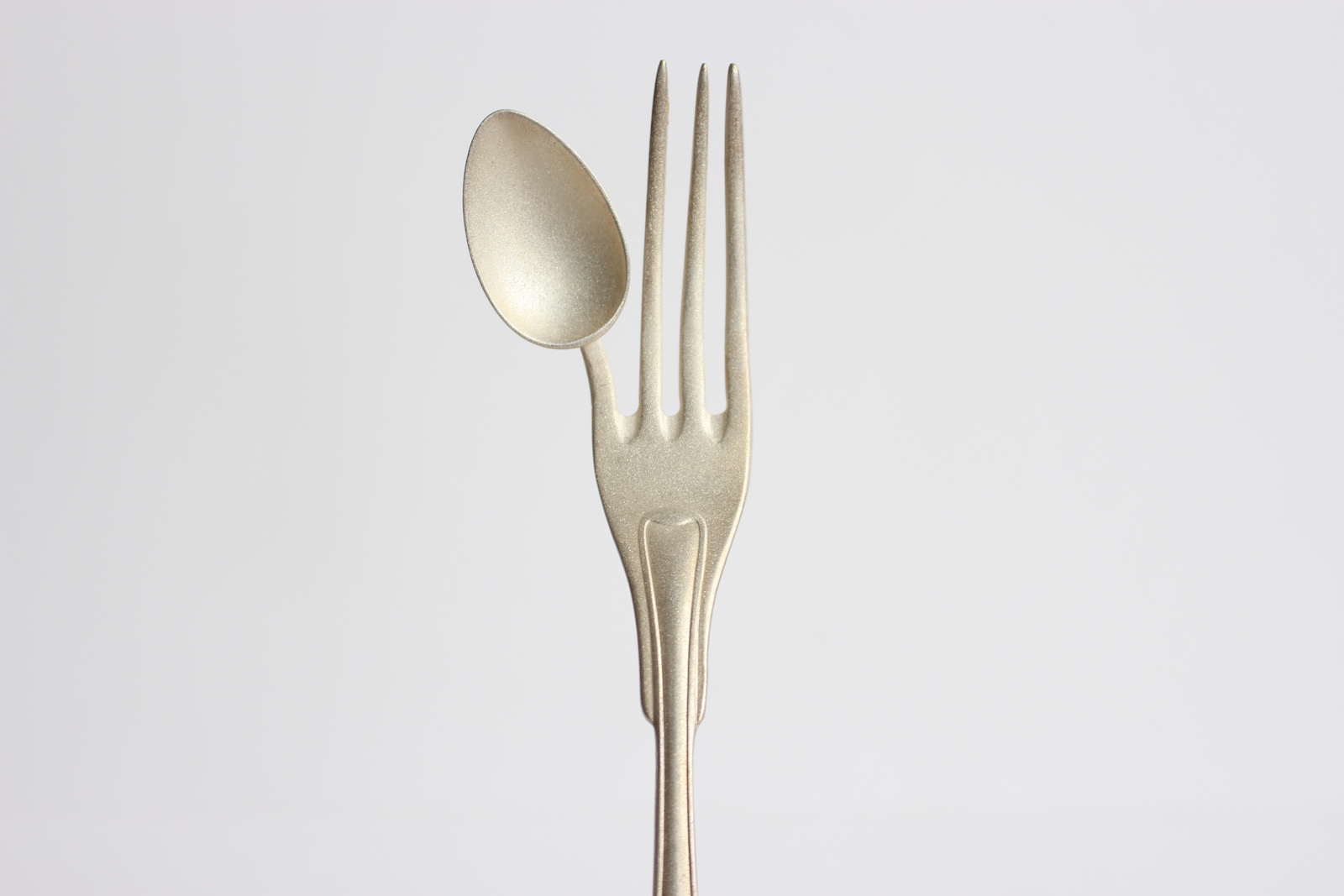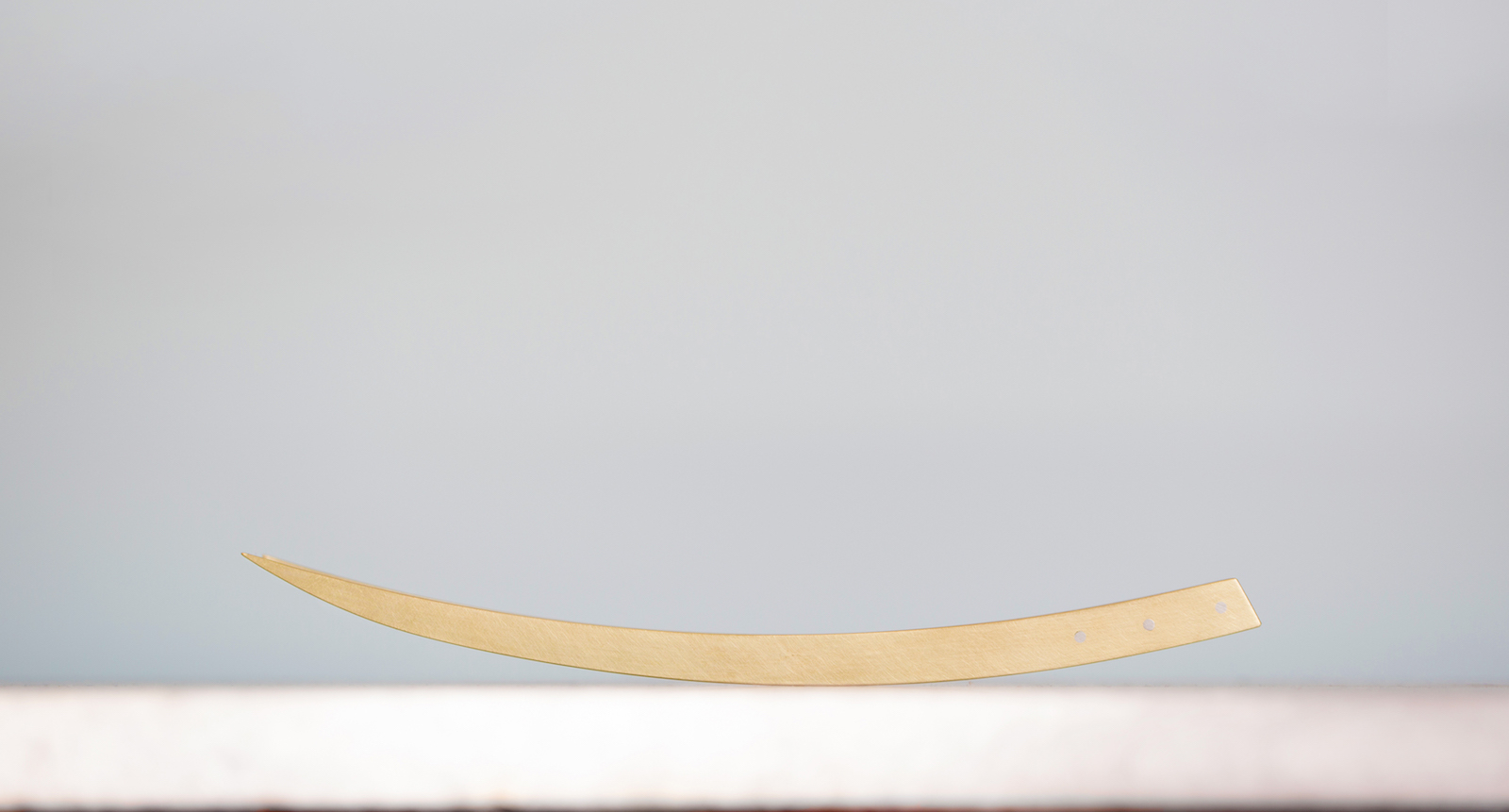Your mother was wrong. You can play with your food. But the straight spoons and frigid forks that currently adorn our tables make it easy to approach mealtime as a boring routine. Perhaps that’s why there’s a new wave of designers creating tools that encourage diners to approach mealtime as an exploration. It’s time to throw away your etiquette book and redress your dinner table.
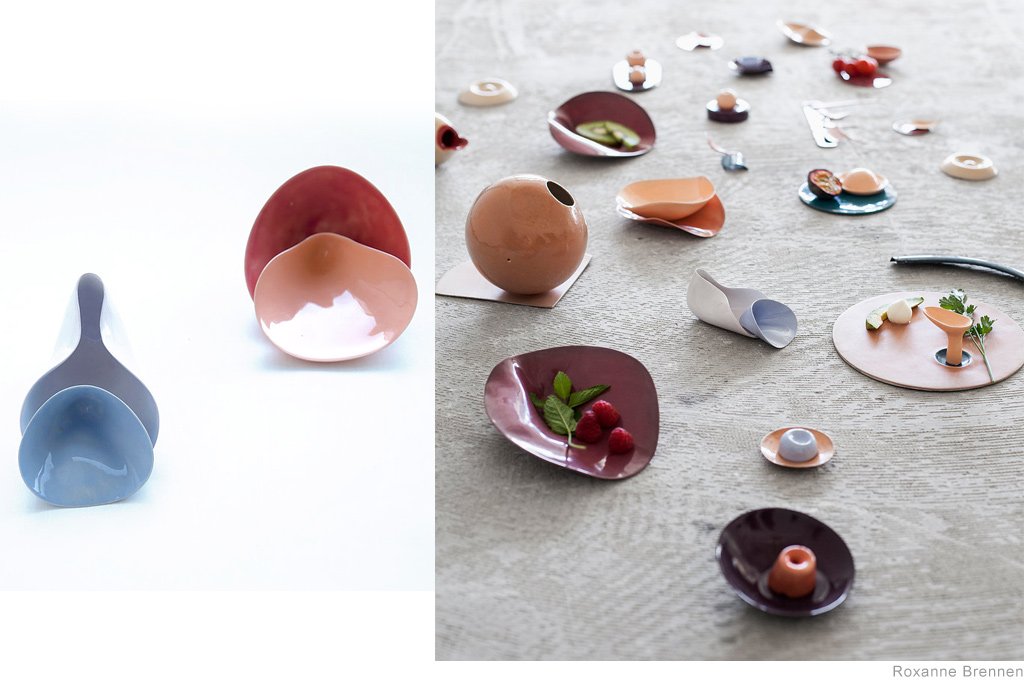
Get sexy with Roxanne Brennen’s sensual Dining Toys
“Your brain reacts to eating the same way that it reacts to sex. It’s all about the pleasure centre being activated and the amount of endorphins released,” Roxanne Brennen, a graduate of Design Academy Eindhoven told Dezeen. Brennen was discussing the Dining Toys collection she presented at Dutch Design Week, which forgo standard flatware shapes for bowls with lickable indentations, plates with strokable protrusions and spoons that beg to be gnawed on. While these pieces aren’t for mixed company, Brennan argues that loosening established politesse is the point. When the diner sits down to a plate that resembles nothing they’re used to, they’re forced to confront eating anew. This changes not only how they eat, but also how they relate to the social norms that dictate food and appetite. In fact, Brennan notes that each diner who eats with the tools uses them in unique ways. Consuming food might be a necessity, but the way in which we eat doesn’t need to be rote.

Eat less and see more with Marije Vogelzang’s “Volumes”
Another project at Dutch Design week that caught our eye was the second edition of Marije Vogelzang’s “Volumes” project. “Volumes” is a series of amorphous, vaguely anatomy shaped objects meant to nestle alongside food in your plate. According to Vogelzang, the presence of this new, large object tricks the brain into thinking you’re eating more, when actually eating less. But it’s not only about tricking the brain, adding a new object into your dish also encourages a more mindful approach to mealtimes. This means diners will eat more slowly and get sense their fullness sooner.
While we’re interested in the mind-body connection these pieces induce, the playful, organic shapes also offer a less serious way to think about how much you eat. Rather than admonishing yourselves to simply “eat less” or “eat better,” volumes adds to your meal rather than take away from it. Vogelzang points out that the form of plates and bowls hasn’t changed for centuries, adding a new piece simply updates diningware for modern concerns.
Leave the structure behind with Constance Guisset Studio’s Plates for Moustache
These puffy plates may resemble clouds, but they’re made out of solid ceramic. Designed by Constance Guisset Studio for Moustache and presented at Maison et Object in September, these plates take an organic approach to traditional dinnerware. The general form of the plates resembles the kind of circular dish you’re used to finding on your dinner table, but the indentations, pulled out edges and swollen silhouette depicts a more organic shape. The closeness to nature is emphasized in the press photos. Fruits and vegetables teeter on the edges of some dishes, while others are nestled in the center of the plate. This playful presentation also invites us to reconsider the mechanics of plating and throw away the structure of food in the center of the plate. By slightly adjusting how you approach mealtimes, Constance Guisset Studio’s plates for Moustache invite you to reconsider the social structures that dictate dining.
Alain Gilles’ intuitive chopping board turns cooking into play time
Meal time isn’t the only thing getting the playful treatment. Cooking also gets an entertaining update with this two-piece chopping board from designer Alain Gilles for French cookware company Evolution. This solid wood cutting board comes with a plastic holder that snaps on snugly to the back to form an all-in-one piece. While the wood part is functional, the plastic piece is fun. It can be used to push chopped food in a pan or to place food during prep. On one hand, the piece is intuitive and functional, giving cooks more space and less hassle. On the other hand, the ability to use the piece in multiple ways demonstrates a freer, more playful way to approach a common cooking tool. As opposed to a one-use chopping block that sits on your counter, this piece moves around the kitchen with you and can be used in as many ways as you can think to use it. Just like diningware that dispenses with form invites you to reconsider the structures of dining, Alain Gilles’ multi-use cutting board asks what might happen with a more intuitive approach to cooking.
